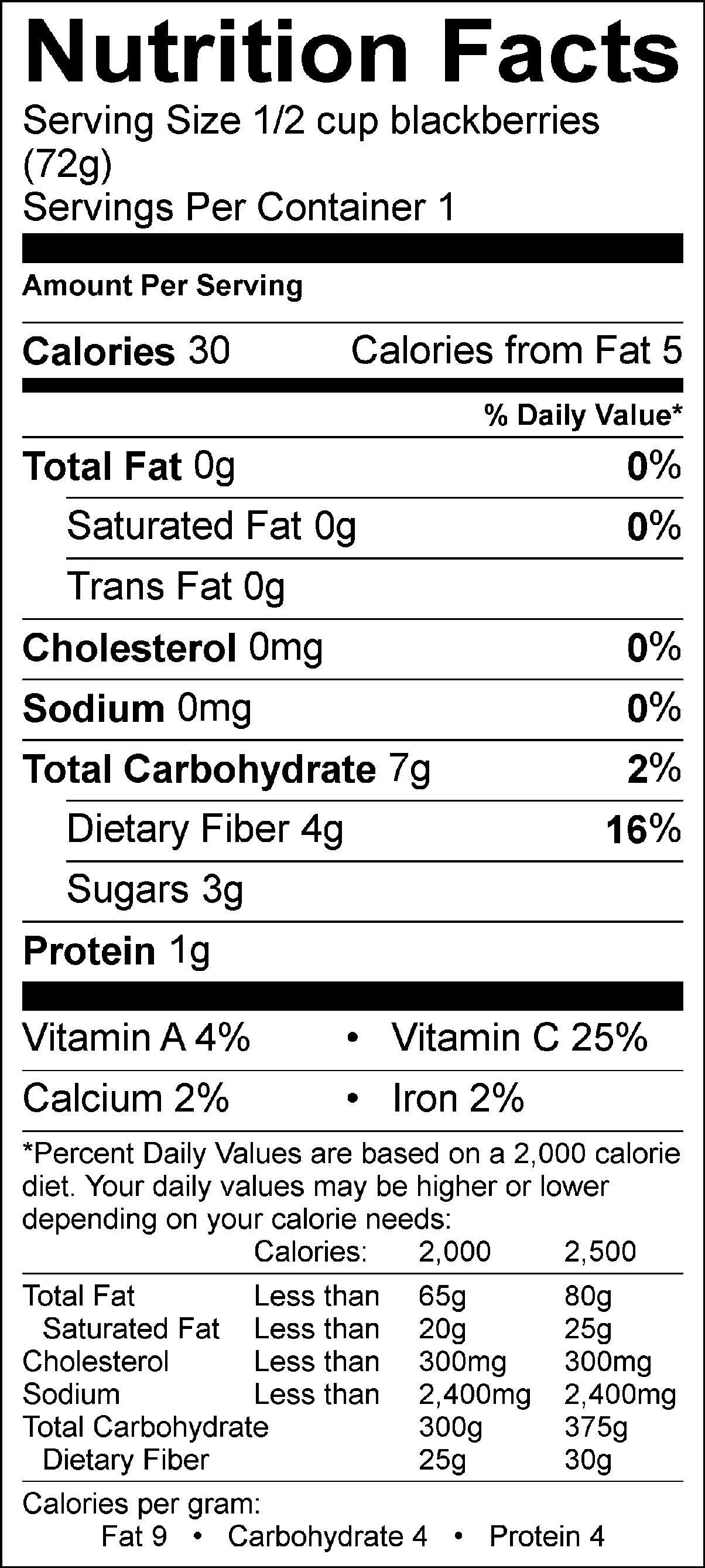Basic Recipe Marinara
 |
| Boiling tomatoes for skin removal or blanching |
Marinara sauce is something that eluded me for years. I was talking to a client one day about my garden and tomato growing and she told me how she made her own sauce. Since then I have worked on the seasoning, but the basic sauce is vibrant in veggie flavor and a wonderful alternative to store bought versions.
Homemade marinara is an easy afternoon cooking project. Start with fresh, ripe tomatoes and a few herbs. Chop and add supporting vegetables for seasoning flavor and you'll have a delicious sauce in no time.
The project takes a little under two hours from prep time to finished product. See step by step instructions for blanching tomatoes and a follow along with this basic recipe. Homemade is always a better alternative than store bought sauce. Tomatoes on sale make this a very economical choice.
This is a fantastic project for a bulk of garden tomatoes. Let tomatoes ripen a day or two on the counter to build up juices.
Basic Recipe
| Nutrition Facts Panel for Tomatoes |
Homemade Marinara Sauce
25 ripe tomatoes (Romas are ideal)
2 tablespoons of chopped garlic
4 tablespoons extra virgin olive oil
1 large green pepper (chopped into 1/4 inch pieces)
1 large yellow onion (chopped into 1/4 inch pieces)
1/2 teaspoon salt
1/4 teaspoon pepper
Dried Herbs:
(*For fresh herbs double the ingredients)
4 tablespoons Basil
3 tablespoons Parsley
2 teaspoons Oregano
1 teaspoon Thyme
2 teaspoons Marjoram
2 teaspoons Rosemary
Instructions:
Wash tomatoes and cut off top and bottom portion. Blanch tomatoes by dropping several at a time in a pot of boiling water. Let tomatoes submerge for two - three minutes and remove from water. The tomato is ready to remove when the skin splits. Let tomatoes drain and cool slightly. Remove skins. Chop tomatoes with a knife or pastry cutter. Tomatoes may also be crushed by hand. Set aside.
Simmer garlic and oil in a stock pot over medium heat until warmed. Add onions and peppers. Saute for about three minutes or until onions are transparent. Add chopped tomatoes and coat well with oil mixture. Let simmer for about 20 minutes and add herbs and salt and pepper. Let steep for 35-40 minutes stirring occasionally. The sauce is ready when it is thick and sticks slightly to spoon. Sauce may also be baked in an oven for 35-40 minutes at 350 degrees.
Makes about 2 1/2 quarts
Video Instructions:
Tags: marinara sauce, tomatoes, cooking, stewing, homemade, creative video, step by step, blanching, video instructions,







